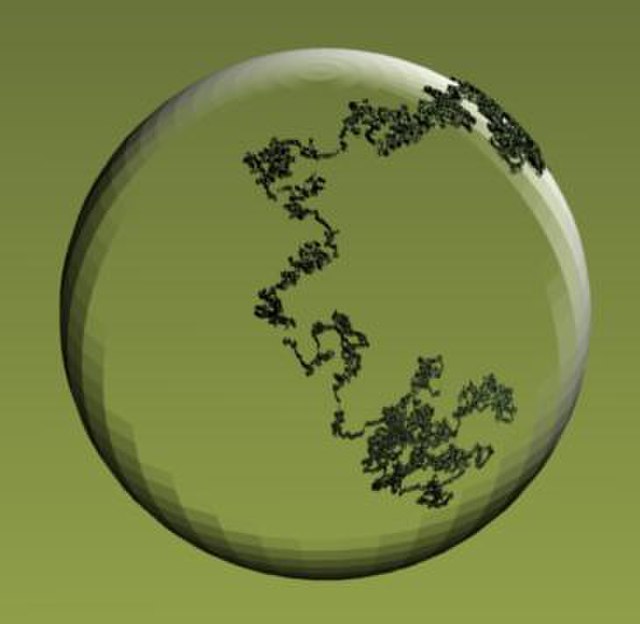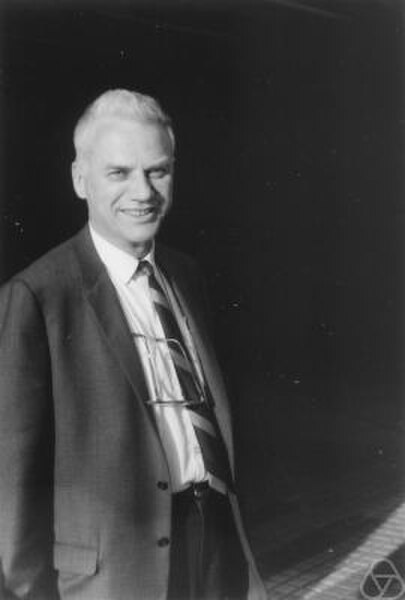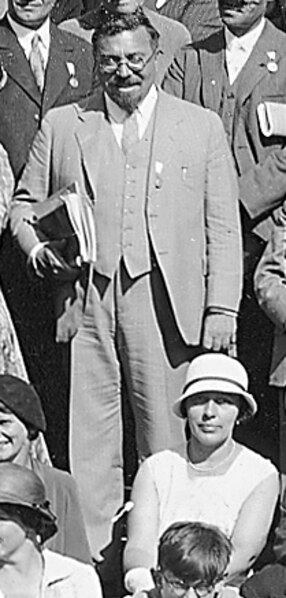Kiyosi Itô was a Japanese mathematician who made fundamental contributions to probability theory, in particular, the theory of stochastic processes. He invented the concept of stochastic integral and stochastic differential equation, and is known as the founder of so-called Itô calculus. He also pioneered the world connections between stochastic calculus and differential geometry, known as stochastic differential geometry, invited for the ICM in Stockholm.
Itô at Cornell University, 1970
Itô (right) with Issei Shiraishi in 1935. Shiraishi later became a mathematician.
Kiyosi Itô (right) with Seizō Itō in 1937. Seizō is Kiyosi's brother. Seizō later became a mathematician.
Itô at the Cabinet Statistics Bureau in 1940
In probability theory and related fields, a stochastic or random process is a mathematical object usually defined as a sequence of random variables in a probability space, where the index of the sequence often has the interpretation of time. Stochastic processes are widely used as mathematical models of systems and phenomena that appear to vary in a random manner. Examples include the growth of a bacterial population, an electrical current fluctuating due to thermal noise, or the movement of a gas molecule. Stochastic processes have applications in many disciplines such as biology, chemistry, ecology, neuroscience, physics, image processing, signal processing, control theory, information theory, computer science, and telecommunications. Furthermore, seemingly random changes in financial markets have motivated the extensive use of stochastic processes in finance.

A computer-simulated realization of a Wiener or Brownian motion process on the surface of a sphere. The Wiener process is widely considered the most studied and central stochastic process in probability theory.
Mathematician Joseph Doob did early work on the theory of stochastic processes, making fundamental contributions, particularly in the theory of martingales. His book Stochastic Processes is considered highly influential in the field of probability theory.
Norbert Wiener gave the first mathematical proof of the existence of the Wiener process. This mathematical object had appeared previously in the work of Thorvald Thiele, Louis Bachelier, and Albert Einstein.







